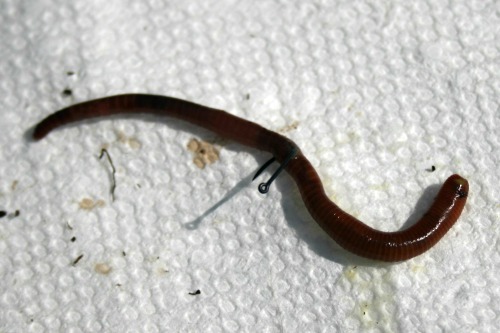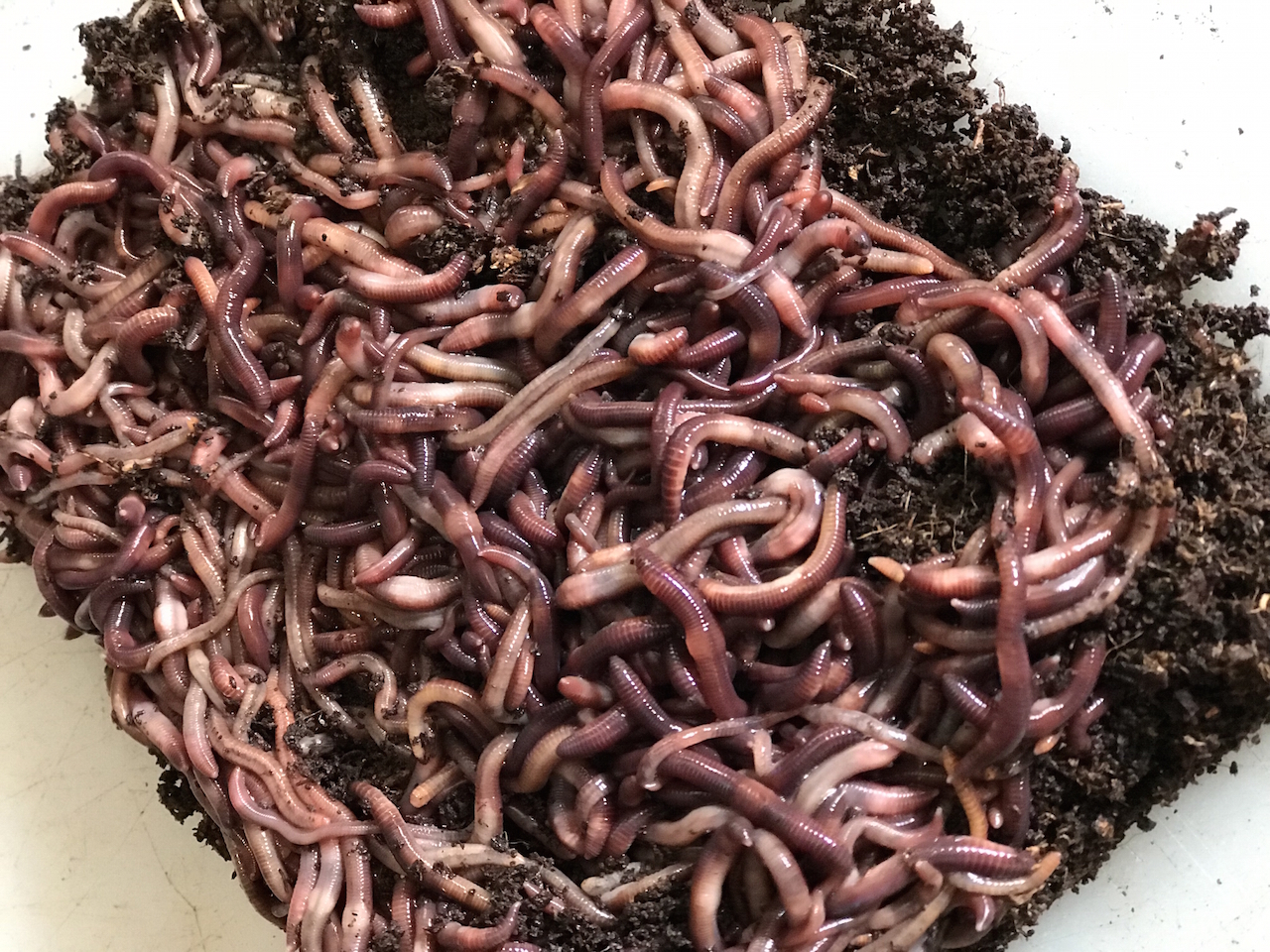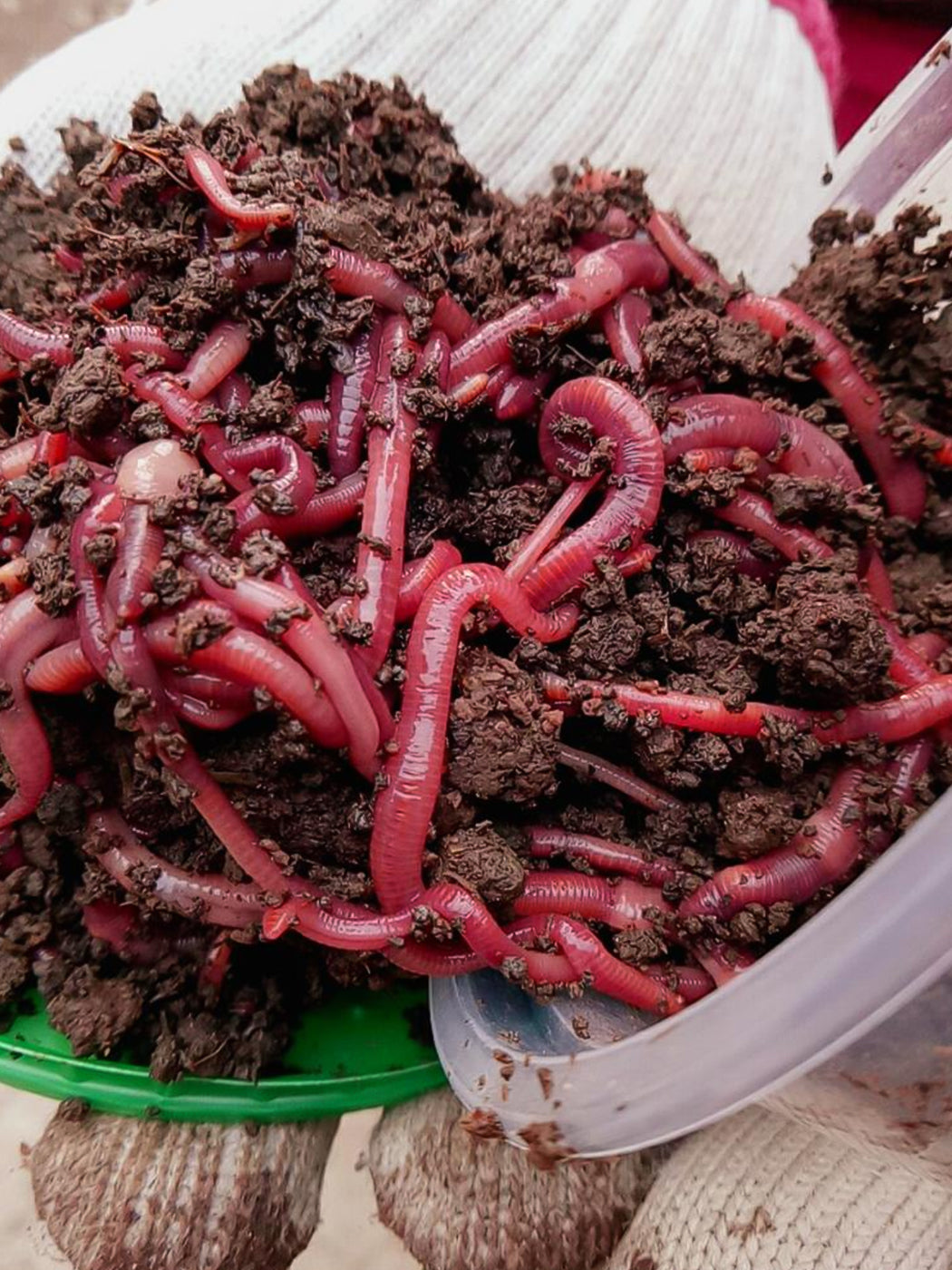Red Wigglers: The Unsung Heroes of Organic Waste Recycling
Red wigglers, or Eisenia fetida, offer as critical representatives in the organic waste recycling procedure, changing disposed of materials right into important vermicompost. As the world significantly looks for services to battle waste buildup and enhance agricultural performance, comprehending the role of these worms comes to be vital.
What Are Red Wigglers?
The exceptional durability of red wigglers, scientifically recognized as Eisenia fetida, emphasizes their vital role in organic waste recycling. These small, reddish-brown earthworms are commonly discovered in breaking down raw material, such as compost stacks and manure heaps. Lake Hickory Bait. Unlike various other earthworm species, red wigglers grow in nutrient-rich atmospheres and are very effective at damaging down organic products, making them important for vermicomposting

(Red Wiggler Express)In addition to their function in waste decrease, red wigglers add to dirt health by enhancing dirt framework and oygenation through their burrowing activities (Lake Hickory Bait). Their visibility in composting systems not just enhances decay prices yet also promotes a sustainable method to squander monitoring, highlighting their significance in ecological preservation initiatives
Advantages of Composting With Worms
Composting with worms, specifically red wigglers, offers various advantages that enhance both waste administration and soil health and wellness. Initially, these worms effectively damage down organic waste, converting it into nutrient-rich vermicompost that enhances soil. This procedure increases disintegration, permitting a quicker recycling of kitchen area scraps and other organic materials compared to typical composting approaches.
In addition, the vermicompost generated by red wigglers is bursting with beneficial microbes, which aid boost dirt structure, aeration, and moisture retention. This enhances the total wellness of plants, advertising energetic development and raised returns in gardens and farming setups. In addition, using worms in composting reduces the production of greenhouse gases, such as methane, adding to a much more sustainable waste monitoring system.

How to Begin Vermicomposting
Developing a vermicomposting system is an uncomplicated procedure that can yield significant benefits for both waste monitoring and dirt enrichment. To begin, select an appropriate container, such as a plastic bin or wooden box, with appropriate air flow openings to make certain correct airflow. The dimensions ought to ideally be around 2 feet by 3 feet, allowing sufficient area for the worms to prosper.
Next, prepare bed linen material, which can consist of shredded newspaper, cardboard, or coconut coir. This bed linen must be dampened to produce an appropriate habitat for the worms. When the bed linen is in location, introduce red wigglers (Eisenia fetida) into the bin, usually around one pound of worms for each square foot of surface area.
Following the placement of worms, include natural waste, such as vegetables and fruit scraps, coffee premises, and smashed eggshells. Prevent including dairy products, meat, or oils, as these can create odors and bring in parasites. Place the bin in a shaded, temperature-controlled area to keep ideal conditions for worm task. With these actions, you will efficiently initiate a vermicomposting system that adds to lasting waste administration and enriches your dirt.
Maintaining a Healthy And Balanced Worm Bin
(Red Wiggler Express)Keeping a worm container prospering requires routine attention and treatment to ensure the wellness of the red wigglers and the efficiency of the composting procedure. Proper upkeep starts with keeping an eye on the moisture levels; the container should perspire but not soaked. An excellent general rule is to keep a consistency similar to a wrung-out sponge.
Aeration is vital. Gently mixing the bed linen and food scraps every couple of weeks avoids compaction and makes sure that all worms have accessibility to oxygen. Additionally, it is crucial to feed the worms suitably. A balanced diet plan of fruit and veggie scraps, coffee premises, and smashed eggshells must be used in small check my blog amounts to prevent overfeeding, which can bring about odors and insects.
Temperature law is another important element. Red wigglers prosper in an array of 55 to 77 levels Fahrenheit. If the container comes to be also warm or cool, the worms might come to be worried - Lake Hickory Bait. Lastly, periodically check for signs of health, such as worm population growth and the presence of healthy and balanced spreadings. By diligently managing these variables, one can keep a durable and efficient worm bin.
Influence on Lasting Living
The successful maintenance of a worm container not only benefits the wellness of red wigglers however also contributes substantially to sustainable living practices. By reusing natural waste, such as kitchen scraps and backyard particles, red wigglers help draw away considerable amounts of product from garbage dumps. This reduction in waste not just reduces greenhouse gas emissions however also minimizes the ecological concern associated with waste monitoring.
Furthermore, the castings created by red wigglers act as a nutrient-rich natural fertilizer, boosting soil wellness and promoting plant development. This natural choice to chemical fertilizers sustains sustainable farming and horticulture methods, reducing dependence on artificial inputs that can hurt ecosystems. Furthermore, worm composting fosters understanding of waste monitoring, motivating people and communities to embrace even more sustainable routines.

Conclusion
In summary, red wigglers serve as vital factors to natural waste recycling through their efficient disintegration of natural materials. By integrating vermicomposting right into waste administration techniques, individuals and areas can dramatically minimize waste while promoting ecological sustainability.